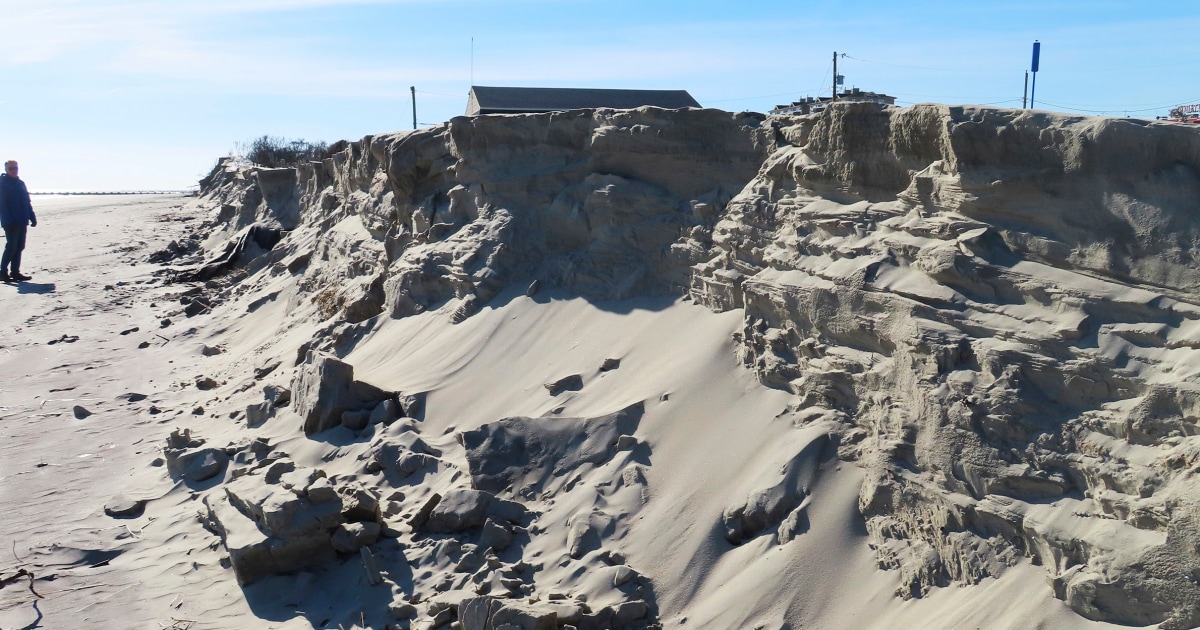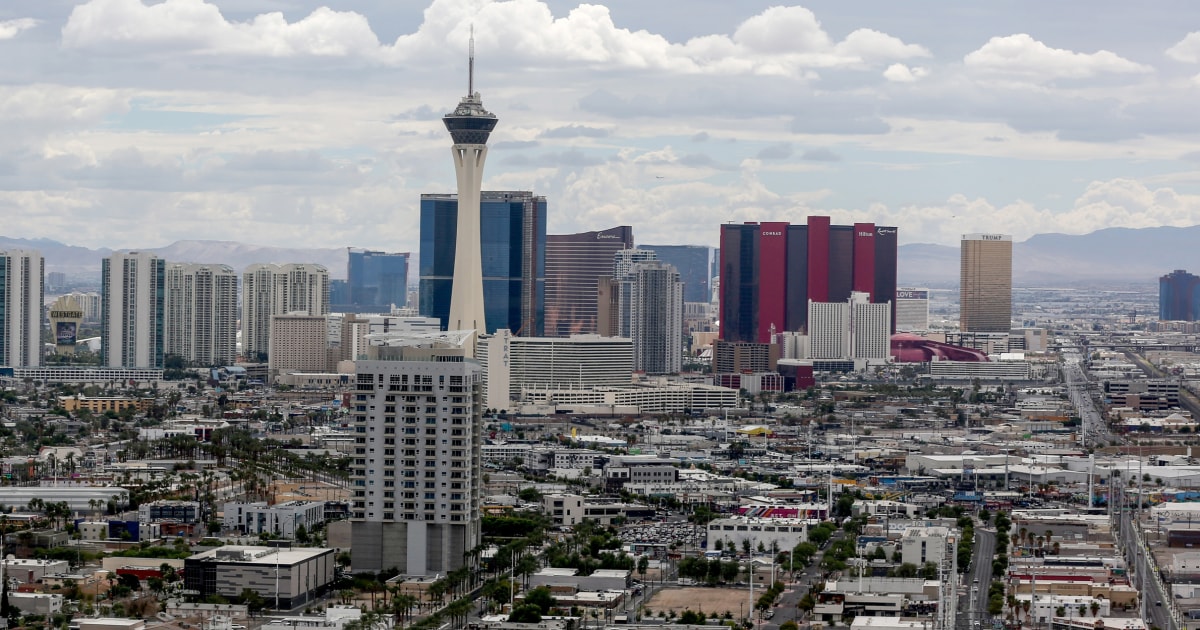NORTH WILDWOOD, N.J. — A New Jersey shore town locked in a legal battle with the state over tens of millions of dollars it has spent trying — mostly in vain — to hold back the ocean now is more vulnerable than ever.
A recent winter storm destroyed part of the sand dunes in North Wildwood, leaving tiny piles about the size of a child’s sand castle to protect a popular resort town with $2.5 billion worth of private property, and at least that much in government buildings and infrastructure.
v, while the city is suing to recoup the $30 million it has spent trucking sand to the site for over a decade.
While they wait for a judge to sort things out amid climate change that brings rising sea levels and more intense storms, North Wildwood’s plight is a stark reminder that in the man vs. nature battle, in the long run, nature usually wins.“This is the most vulnerable we have ever been,” Mayor Patrick Rosenello said. “It doesn’t even take a storm anymore to threaten us. On most regular high tides, the water comes up and through where this dune used to be.”
He walked along the beach where the surging surf punched a hole in the dunes, completely obliterating them for about 20 feet. On either side, all that remained were sand piles that barely reached his knees. Elsewhere along the beachfront, dunes that had been about 18 feet (5.5 meters) high last summer were less than half that height — and much lower than that in numerous places.
Previously, the city said it has spent $21 million trucking in sand for emergency repairs to its beaches. That has since risen to $30 million, Rosenello said.
But trucking in sand is no longer an option, the mayor said, adding that erosion has created choke points along the beach that are too narrow to let dump trucks pass.
North Wildwood has asked the state for emergency permission to build a steel bulkhead along the most heavily eroded section of its beachfront — something previously done in two other spots.
But the state Department of Environmental Protection has tended to oppose bulkheads as a long-term solution, noting that the hard structures often encourage sand scouring against them that can accelerate and worsen erosion.
The agency prefers the sort of beach replenishment projects carried out for decades by the U.S. Army Corps of Engineers, where massive amounts of sand are pumped from offshore onto eroded beaches, widening them and creating sand dunes to protect the property behind them.
Virtually the entire 127-mile (204-kilometer) New Jersey coastline has received such projects. But in North Wildwood, legal approvals and property easements from private landowners have thus far prevented one from happening.
Although the last two towns required to sign off on a sand replenishment project did so 11 months ago, the project still needs a final go-ahead. When it gets that, the work will probably take two years to complete, officials say.
On several occasions, North Wildwood carried out emergency repairs, including construction of an earlier bulkhead without approval from the state. Shawn LaTourette, New Jersey’s environment protection commissioner, warned the town last July that unauthorized work could have more serious consequences if it continues, including potential loss of future shore protection funding.
LaTourette wrote that the city “has repeatedly engaged in destructive and illegal conduct in the name of tourism and, supposedly, public safety. This is wrongheaded and it must stop.”
The Department of Environmental Protection says heavy equipment moving sand around has weakened and reduced the height of the dunes, actually making things worse while destroying natural plants and animal habitat.
But North Wildwood sees itself as facing an existential threat with an unprotected coastline.
“Our fear is that there will be no more Wildwood,” said Maureen Lipert, who was out for a walk along the beach Monday. “All of North Wildwood could be wiped out if the water keeps coming over.”
“The water is going to hit our hotels and motels,” added another resident, Kim Milligan. “There’s new homes being built here every day. Our homes are going to be ruined.”
After Superstorm Sandy devastated the Jersey Shore in 2012, the Army Corps began a program to rebuild dunes along virtually the entire coastline. Numerous scientific studies found that oceanfront communities with dunes already protecting them fared much better during Sandy than those that did not.
Sand replenishment has been the government’s go-to method of shore protection for decades. Critics say it’s inherently wasteful to keep pumping sand ashore that will inevitably wash away. But Congress keeps appropriating money for such work, arguing it is effective in protecting lives and property, not to mention sustaining the crucial tourism industry.
Milligan, who lives several blocks inland from the ocean, only half-jokingly found a potential silver lining if the worst comes to pass in North Wildwood.













